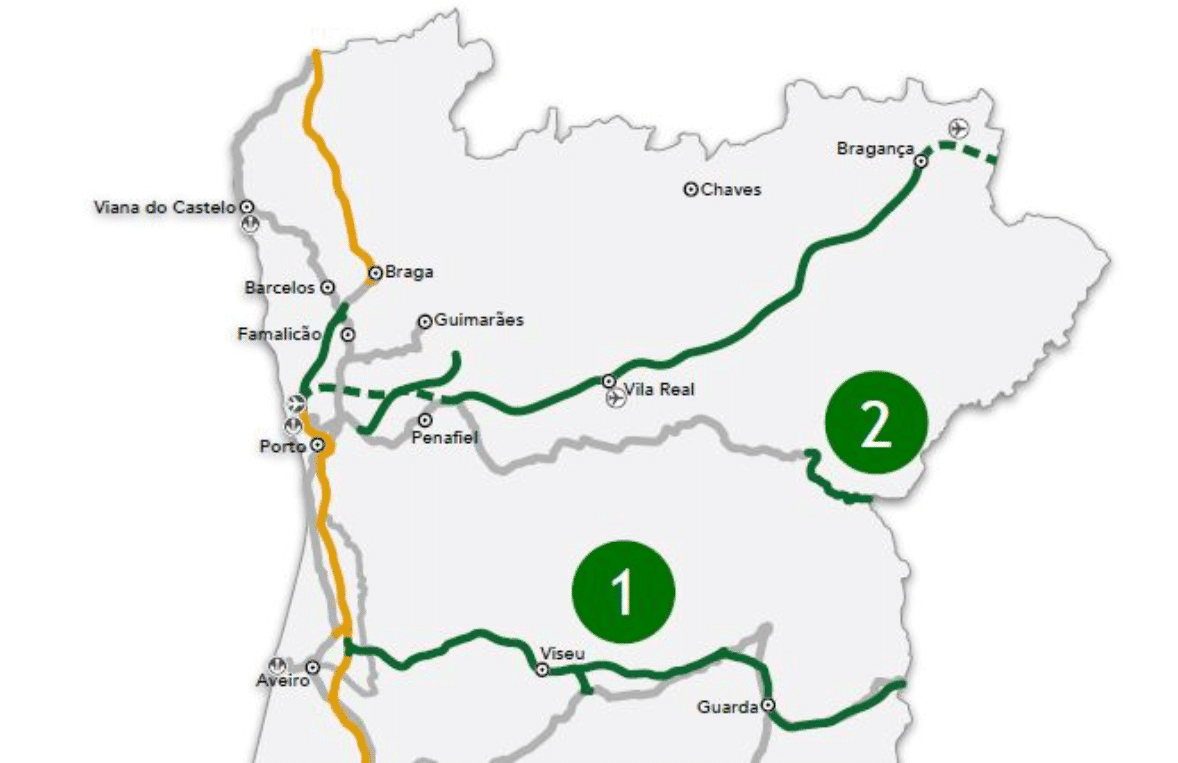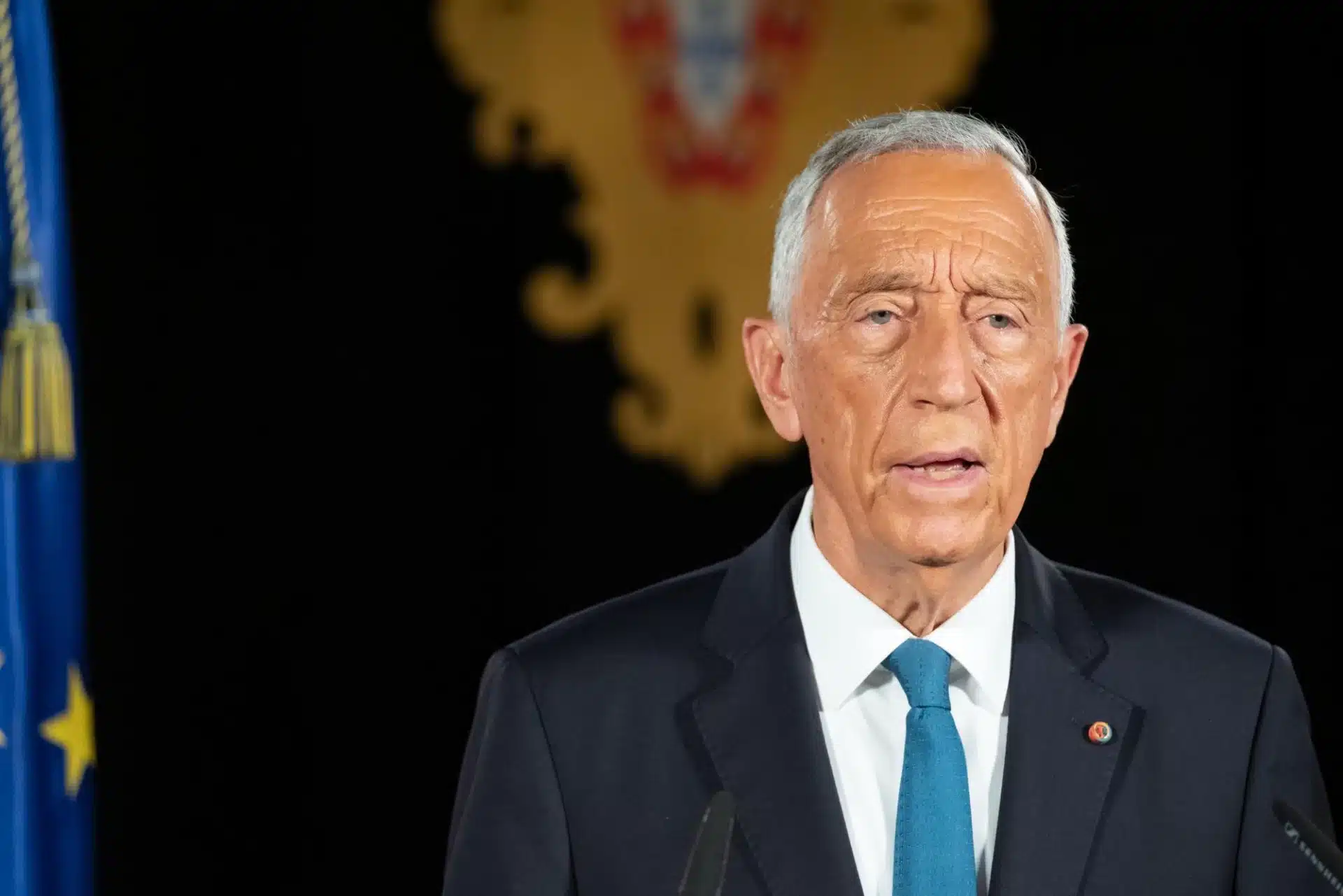The National Rail Plan has received 619 contributions after three months of public consultation. From Trás-os-Montes to the Algarve, take a look at some of the proposals submitted to the government by citizens, local authorities and companies.
The Portuguese seem to want to put the trains on the tracks. In the last three months, a total of 619 contributions have been received to improve the National Railway Plan (NRP) presented at the end of November 2022. From the end of a railway crossing to the construction of new lines, all the proposals submitted by citizens, municipalities and other entities will be examined by the government in the coming weeks, before the document is submitted for approval by the Council of Ministers and a vote in Parliament.
“The more than six hundred contributions represent twice as many as were received [318] in the consultation phase of the NFP,” an official source from the Ministry of Infrastructure, which is leading this process, tells ECO. “All the regions and territories of mainland Portugal sent contributions to the public consultation,” adds the office, which has been headed by João Galamba since the end of December.
Although the collection of contributions began on November 17, 2022, the habit of leaving everything until the last week was followed to the letter: “more than two thirds” of the proposals arrived at the end of the public consultation period. “From ordinary citizens to associations, municipalities or business associations”, the Portuguese from “all regions and territories” wanted to leave their idea.
After approval by the Council of Ministers, the NFP will be submitted to Parliament in the middle of this year, together with the corresponding Strategic Environmental Assessment. However, changes can be made in Parliament.
When it was presented four months ago, the plan called for high-speed trains in Portugal’s 10 largest cities, a new rail bridge over the Tagus River, rail connections in all districts, and Lisbon and Porto within three hours of Madrid by train. But the Portuguese want more. Below are some of the proposals left to the government.
Trás-os-Montes vs. Beira Alta
It is a debate that has barely begun, but one that promises to heat up the rail world for years to come. For two decades, there has been talk of building a high-speed line between Aveiro and Salamanca, passing through the city of Viseu. The high-speed project was canceled, but Portugal tried twice to get funding for the Aveiro-Mangualde line. The proposal was rejected both times because of a negative cost-benefit evaluation.
In a place where the Beira Alta line already exists, the NPF put back on the table the construction of a high speed line in the region, in the configuration Aveiro-Viseu-Guarda-Vilar Formoso. The Guarda Municipal Assembly approved a motion in defense of a high-speed train stop in the city.

Further north, the plan proposes a new line between Caíde and Bragança, passing through Vila Real, allowing trains to go from Porto to Bragança in two hours. This idea was rejected by the Vale d’Ouro Association, which reinforced the proposal for the construction of the new Trás-os-Montes line. In this crossing, the connection between Porto and Bragança takes 1 hour and 15 minutes; from the city of Invicta to Madrid it would take 2 hours and 45 minutes. The construction of this line is also supported by SEDES – Association for Economic and Social Development.
Downstream, in the Douro, the same association defends the reopening of the Douro line to Barca d’Alva and the corresponding connection to the line in Spain to Salamanca.
In Minho, the Municipal Assembly of Vila Verde defended the construction of a branch line between this municipality and Braga; the intermunicipal community of Cávado wants the suburban trains from Porto to reach the city of Barcelos and that there should also be a stop for the Celta train (between Porto and Vigo).
Algarve demands connection with Spain
After the last Iberian Summit opened the door to studies of a connection between Faro and Seville, the Regional Council of the CCDR-Algarve has proposed the “structured development and implementation of the Lisbon – Evora – Beja – Faro line, with a strategic connection to Seville” by 2050. This would allow the “competitive insertion of the region in Europe, facing the new dynamics and patterns of mobility, more sustainable and decarbonized.

The Algarve’s Mais Ferrovia movement is also defending the construction of “a new southern line passing through Beja” to connect to the future Faro-Seville line, according to local weekly Barlavento.
Before that, the CCDR of the Algarve defends the “rehabilitation works in several stations and stops that have been out of service for a long time”, such as the station of São Marcos da Serra, in the municipality of Silves, where “only the crossing between trains is done”. The situation “hinders the full potential of the region’s railways”.
Alentejo wants more trains
Whether literally or inland, the Alentejo region contributed several proposals to the NFP. Closer to the sea, the Intermunicipal Community of Alentejo Litoral defends the need to “urgently” resume a passenger service on the Sines line. CIMAL is also in favor of the construction of a line between Sines and Grândola, including passenger services, reports Radio Campanário.
Further inland, the City Hall of Beja gives priority to the electrification of the Casa Branca-Beja section, with an extension to the airport, and also to the reactivation and electrification of the Beja-Funcheira section, which could serve as a redundancy for the current southern line. The municipality also supports the new Évora-Beja-Faro line, according to Correio Alentejo.
Trains without walls: what Portugal can learn from Switzerland
The expectation of a station in Leiria on the Oporto-Lisbon high speed line led the region to contribute to the NFP. The City Hall of Ourém has considered a surface metro between the future Leiria station and the city of Fátima.
Not far away, in Tomar, the proposal for the railway connection between the city, Fátima and Leiria, the requalification of the Santa Cita station and the continuation of the branch line from Tomar to Castelo Branco was unanimously approved, reports the Médio Tejo portal.
The intermunicipal association of the district also defends the creation of an intercity service Lisbon-Leiria-Figueira da Foz via the western line, as well as the construction of a logistics platform in Pombal with access to the national rail network.
Beira Baixa wants a more competitive line
Practically forgotten in the NFP, the Beira Baixa region wants a more competitive railway line by improving the service and reducing travel time. According to the association Move Beiras, this will be achieved mainly through route corrections and the elimination of railroad crossings. In addition to bringing industrial areas closer to the centennial line, the region also wants to promote rail tourism.
Third bridge and return of night trains
To strengthen Lisbon’s links with Spain, Alentejo and the Algarve, the environmentalist association Zero defended the construction of the third “exclusively rail” crossing of the Tagus River in the capital. The association also demanded the quadrupling of the Lisbon Belt line, the connection of the Cascais to Alcântara line and the doubling of the Leixões line.
The Aterra movement, which brings together more than 20 organizations, has demanded the “immediate resumption” of the SudExpress (Lisbon-Hendaye) and Lusitânia (Lisbon-Madrid) night trains. It also calls for the return of the Oporto-Madrid and Oporto-Hendaye night trains – with a possible extension to Barcelona – and for a night train from Braga to Faro.
A final note on Mubi’s contributions. The Association for Urban Mobility by Bicycle advocates safe and covered parking next to the main train stations, a minimum of eight seats per carriage for these vehicles on all types of trains, and the possibility of buying and reserving tickets for passengers and bicycles.








